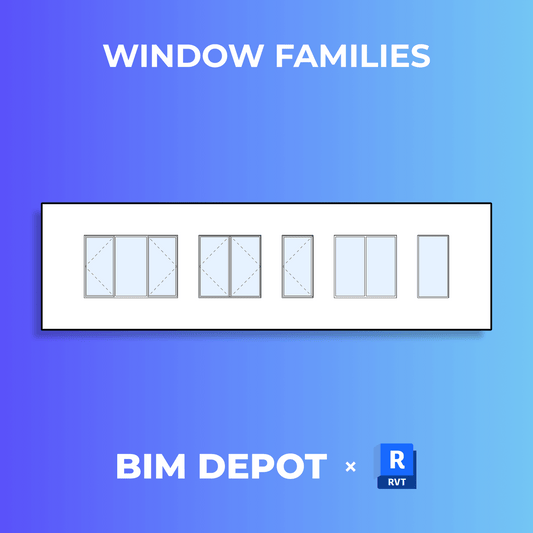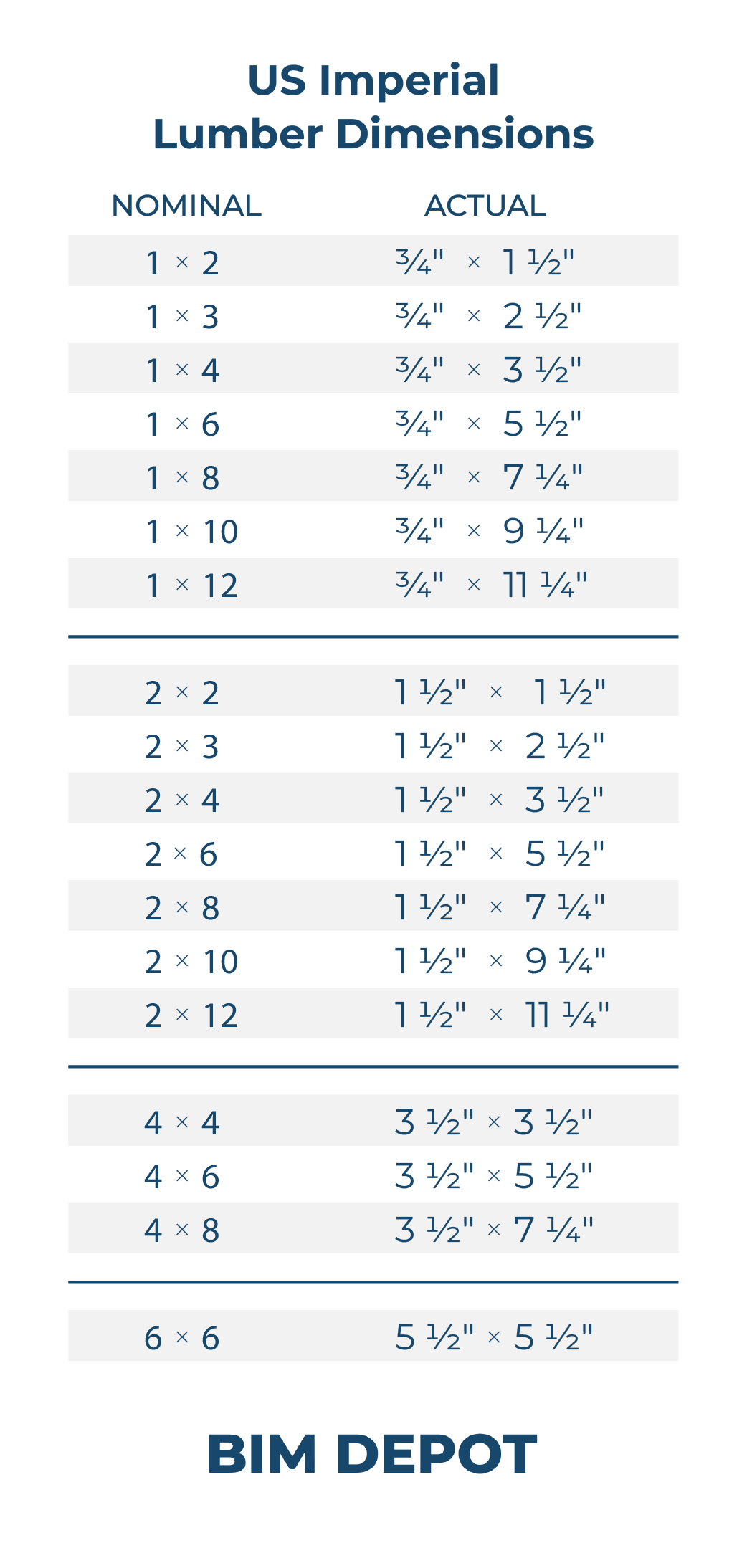
FREE Detail Component
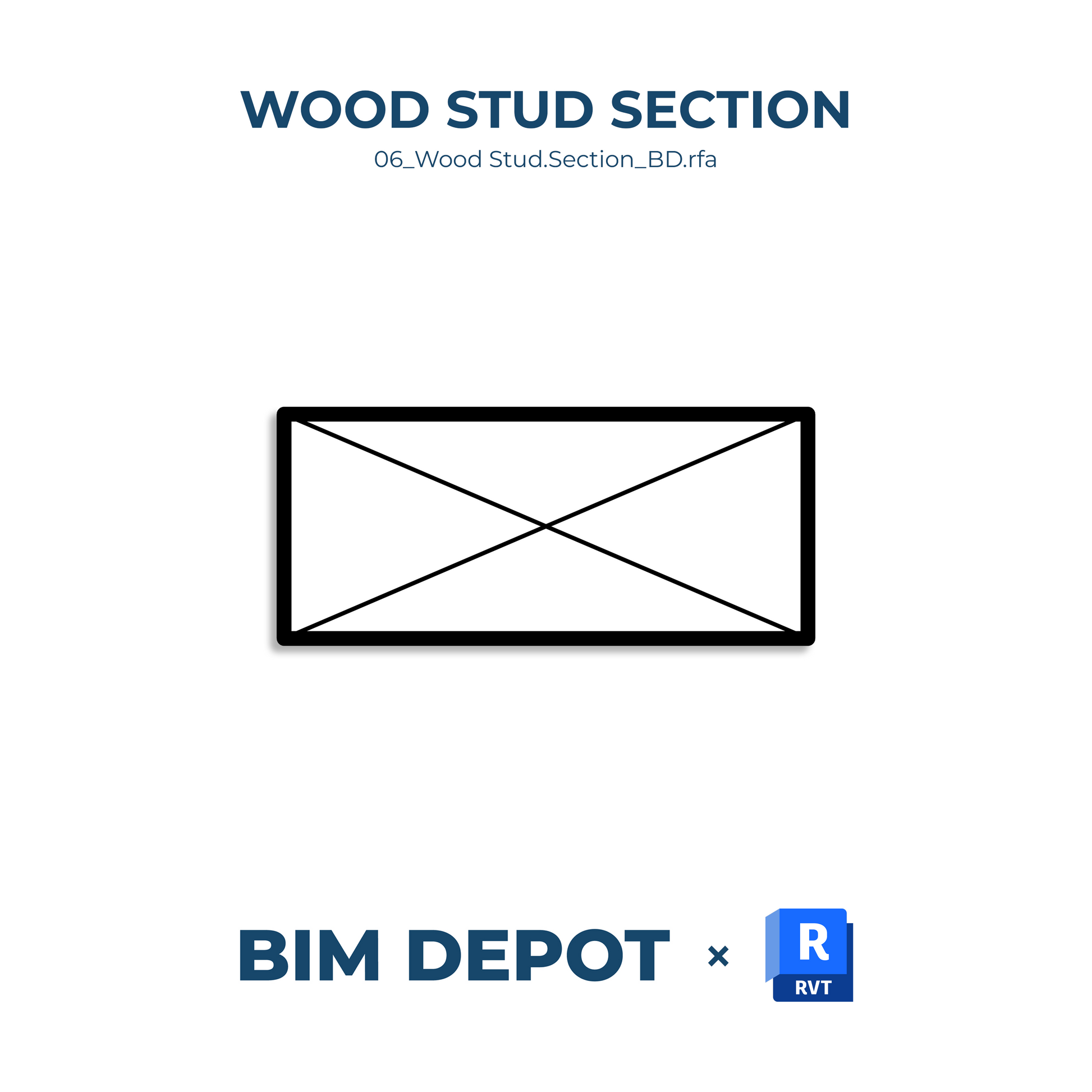
BIM Depot
Wood Stud Detail Component
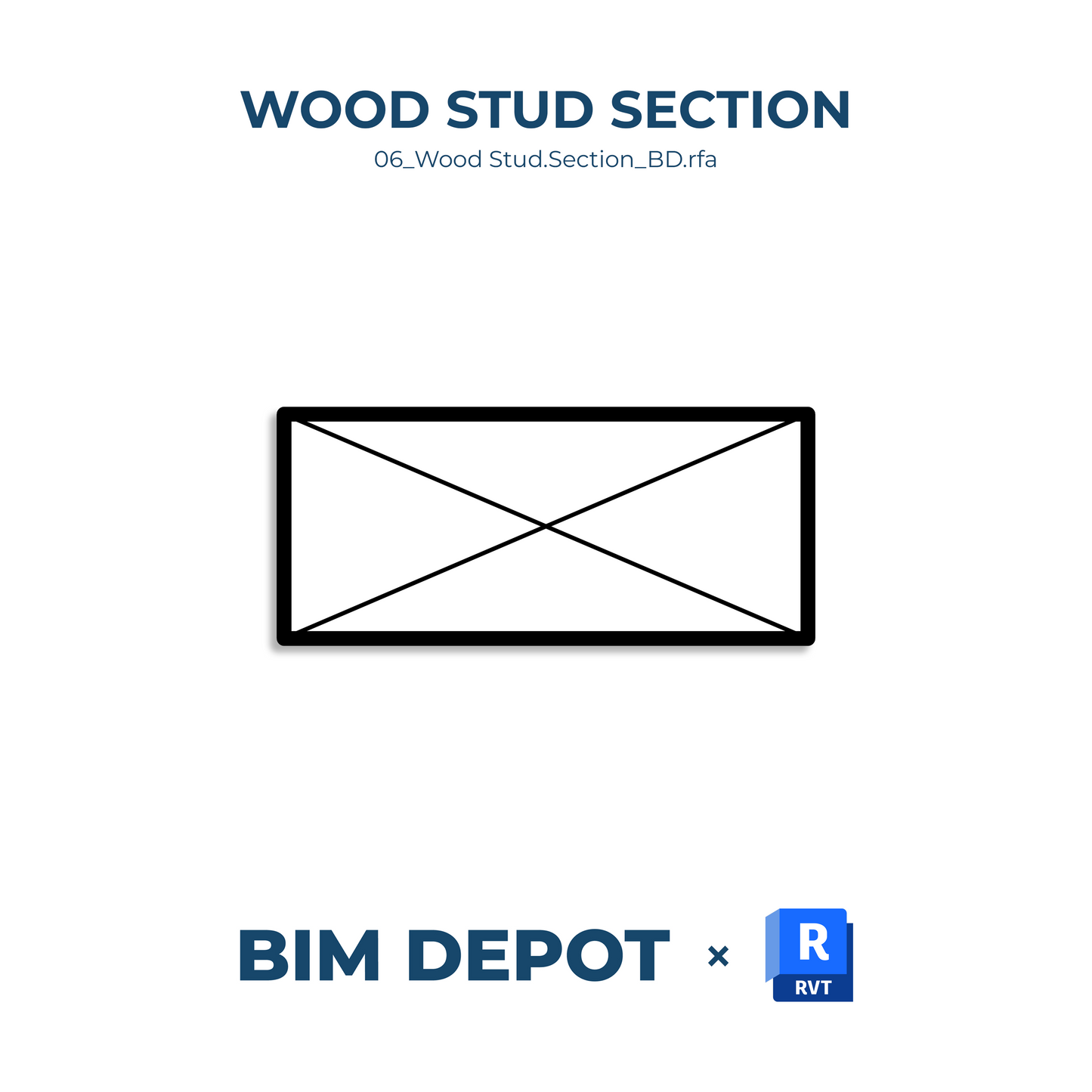
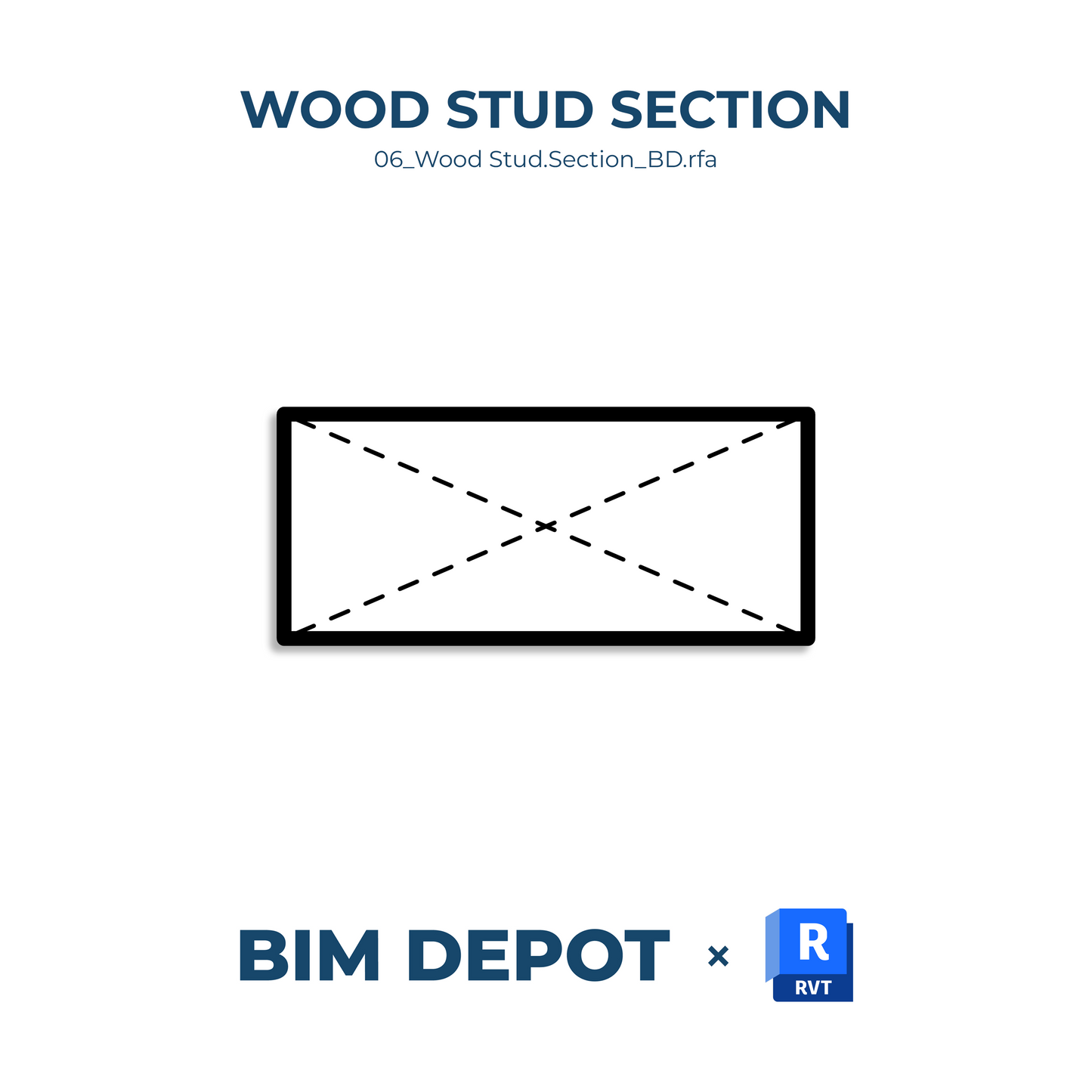
What is the difference between nominal and actual lumber dimensions?
In the United States, the dimensions used to describe lumber (ie “2x4”) are nominal dimensions, not the actual dimensions of the wood. This discrepancy arises because of the processes involved in milling and drying the lumber.
- Rough Cut Dimensions (Nominal Size)
When lumber is first cut at the sawmill, it is cut to its nominal size. For example, a “2x4” board is initially sawn to be roughly 2 inches thick and 4 inches wide. - Drying and Shrinkage
After the rough sawing, the lumber is typically dried, either by air or in a kiln. During this drying process, the wood shrinks as moisture is removed. This shrinkage reduces its actual dimensions. - Planing and Surfacing
To make the wood smooth, uniform, and ready for use, the rough-sawn lumber is planed and surfaced on all sides. This further reduces its dimensions.
Final Actual Dimensions. After these steps, a “2x4” ends up measuring about 1.5-inches thick by 3.5-inches wide. Similarly, other nominal sizes have corresponding smaller actual dimensions (see the chart above).
Historical Context. In the past, the nominal dimensions of lumber more closely matched its actual dimensions. However, as technology improved and milling became more precise, standard practices evolved to plane the wood for a smoother finish, resulting in smaller finished sizes.
Standardization. The current system is standardized across the US, so builders and manufacturers know what to expect when working with lumber, despite the difference between nominal and actual dimensions. This practice continues because it’s deeply ingrained in the industry, and it simplifies communication and design, even if it doesn’t reflect the actual measurements.
BIM Assets to Increase Profit
-
BIM Depot Revit Template
Regular price $299 USDRegular priceUnit price / per -
Doors | Revit Family Collection
Regular price $89 USDRegular priceUnit price / per -
Windows | Revit Family Collection
Regular price $59 USDRegular priceUnit price / per -
Wall Openings | Revit Family Collection
Regular price $39 USDRegular priceUnit price / per




